Everything You Need to Know About SFF PCs
Small form factor (SFF) PCs are a niche corner of the PC market that's becoming more accessible than ever before. It's pretty appealing as many SFF PCs are similar in size to the latest gaming consoles, but of course, there's more to do than just game on a PC. If space has ever been a concern, or if you'd like to fit a PC somewhere close to a TV for a full-fledged entertainment system, then you've probably considered a small form factor build.
But why would you go with a small form factor? SFF builds have plenty of advantages, but they may not be the perfect solution for your needs. Let's go through some pros and cons...
Pro: Perfect for a media unit
For those looking to supercharge their entertainment system, a smaller computer would be a perfect fit to be used while you're lounging on a couch.
Pro: Takes up less desk or floor space
Those with a small desk or limited floor space would benefit from a small build that would help to maximize available space without sacrificing power.
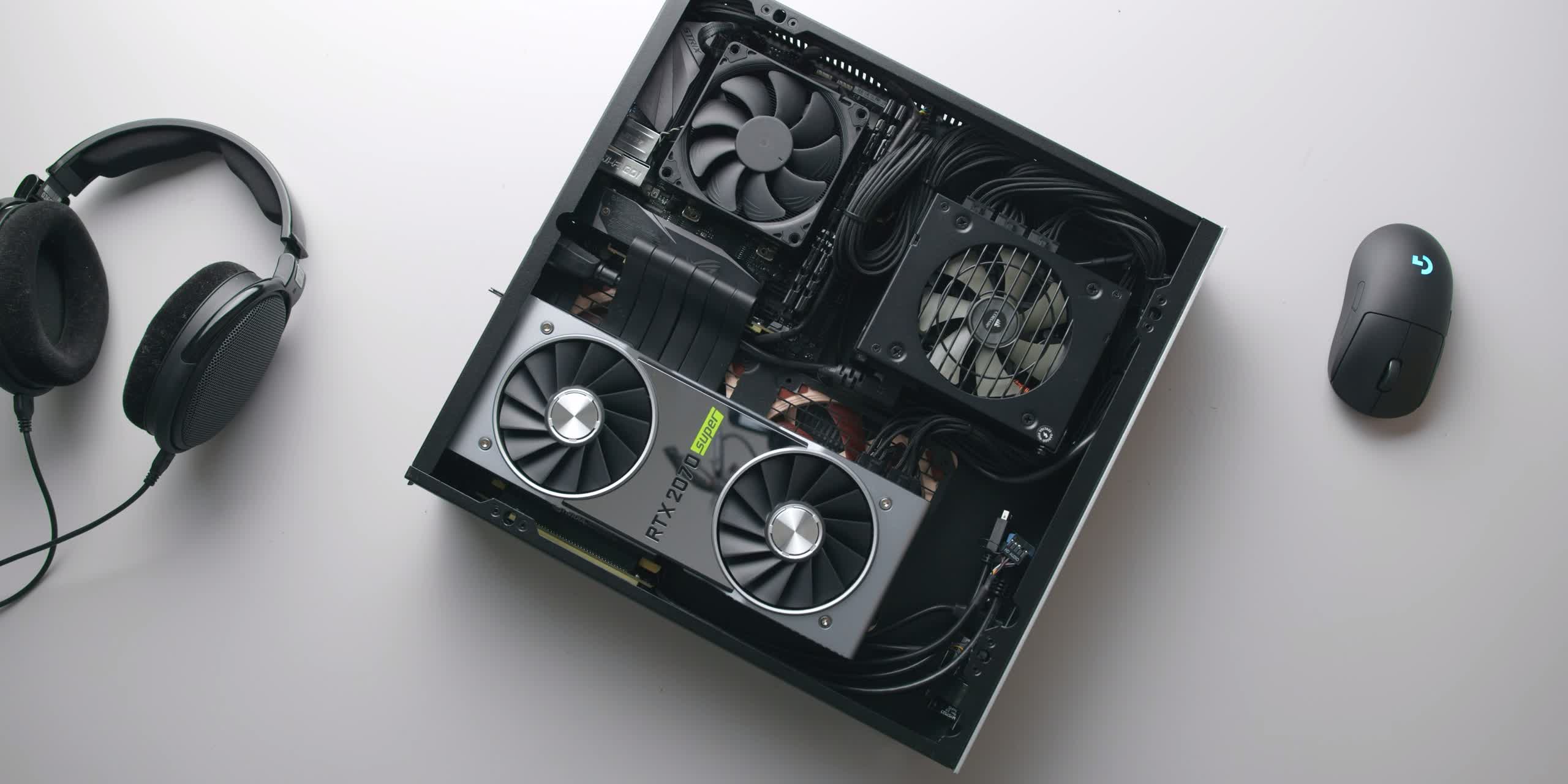
Pro: Sleek and clean aesthetic
The minimalism trend can hit PC builders, too, and these small cases are sharp-looking when properly assembled.
Pro: Easy to move around/transport
An SFF would serve those who move their desks around or want to take their PC on the go, really well. Some cases even have handles to make the latter situation easier.
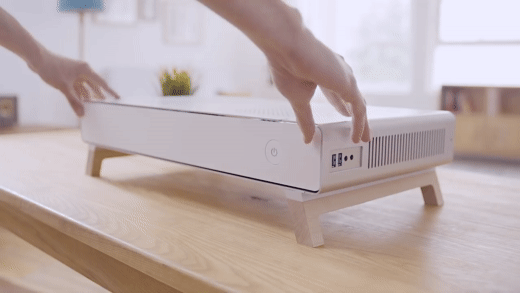
Con: Can be expensive
Those on a budget are advised to stay away from a small build. The smaller the case, the bigger the price tag. While the availability of small cases has improved, there are still bespoke companies catering to this niche market, and they have to charge more to cover their costs.
Con: A limited selection of parts
Not every part will fit into an SFF build. You need to carefully pick your CPU cooler, RAM, GPU, and other components to ensure everything fits neatly in the small space.
Con: Small dimensions make it difficult to change parts or tweak
Once everything is in position, it is complicated to make changes or adjustments. You may have to remove a variety of components to get access.
Con: Heat
Heat is the enemy of every build, but it's even worse in smaller cases, where hot air can linger and cause thermal throttling of core components. Smart cable and fan placement will help to manage heat and airflow while haphazard installations will lead to headaches.
Mini ITX: Three Big Letters for Small PCs
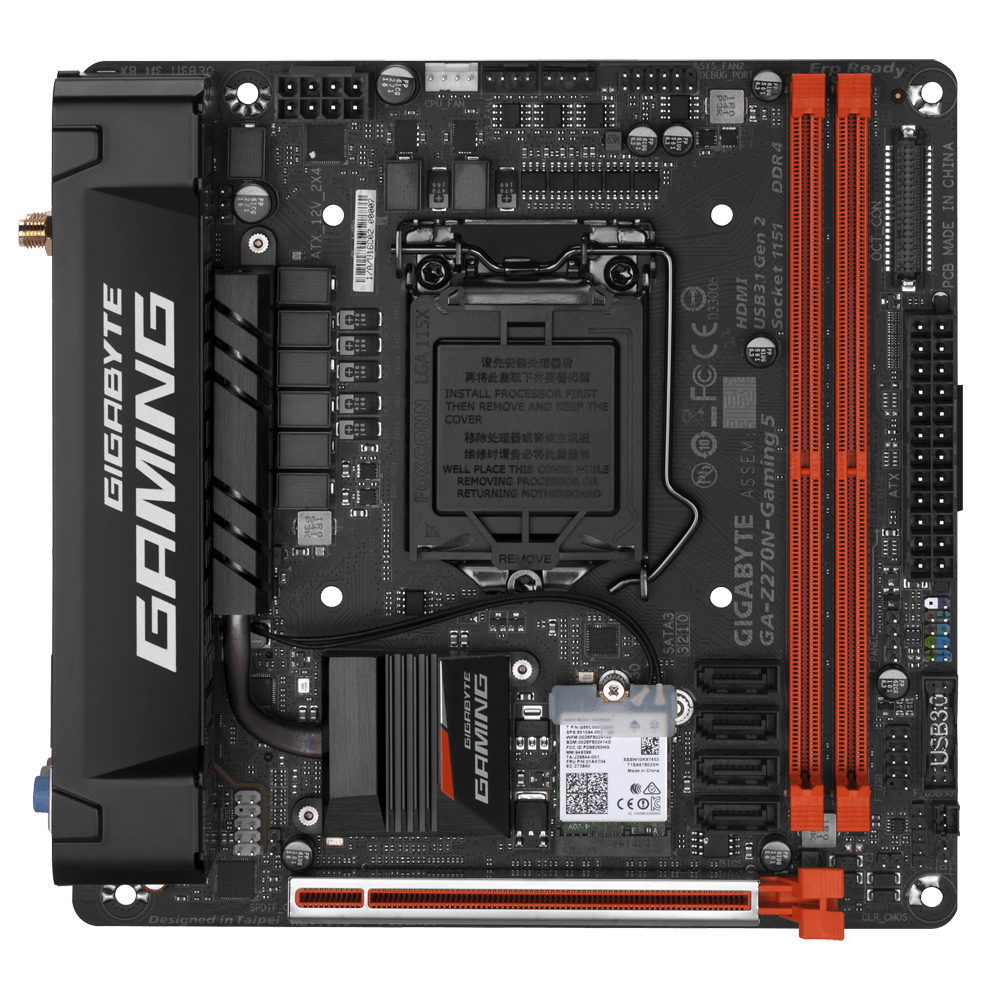
Most PC builders are familiar with the ATX and Micro ATX standards that define motherboard and case sizes. When it comes to SFF PCs, there's another standard to consider: Mini ITX. Sometimes abbreviated to just ITX, this is smaller than Micro ATX, and these boards and cases have a few more limitations. For example, Mini ITX boards typically have two DIMM slots for RAM and one expansion slot, which means you'll have to pick your components carefully.
However, ITX boards are compatible with other cases. Similar to how Micro ATX motherboards can fit into an mATX or ATX case, Mini ITX boards can also work in mATX and ATX cases (in addition to Mini ITX cases.) So those that finish their build in an ITX case but later find out that the ITX case is too small for an upgrade they can move everything into a larger chassis.
Component Compatibility: Finding the Right Match
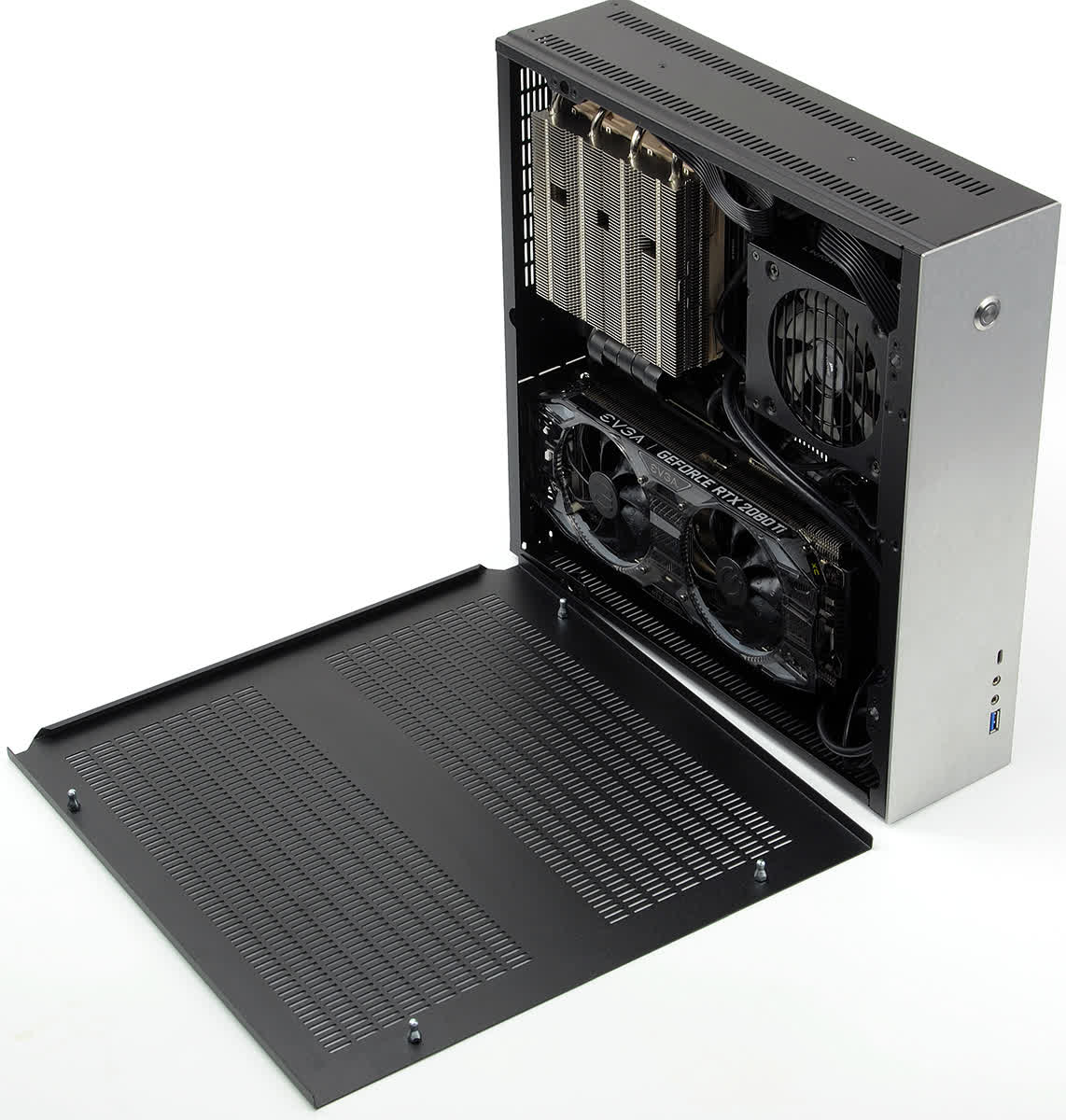
As expected, the space for an SFF build is limited, which will impact your component choices. Modules on a mini ITX board may be cramped, which means that large CPU coolers or tall RAM modules will infringe on each other's space. Some graphics card choices may also be limited, as some are too long to fit in an SFF case. However, while you have likely avoided blower type cards in the past, this may be one of the few times this style comes in handy, as it manages airflow and exhausts hot air quickly out of the case. Finally, not all power supplies can fit in all ITX cases, so consider that choice carefully.
Here are a few recommendations to address hardware concerns more specifically:
Choice of Case
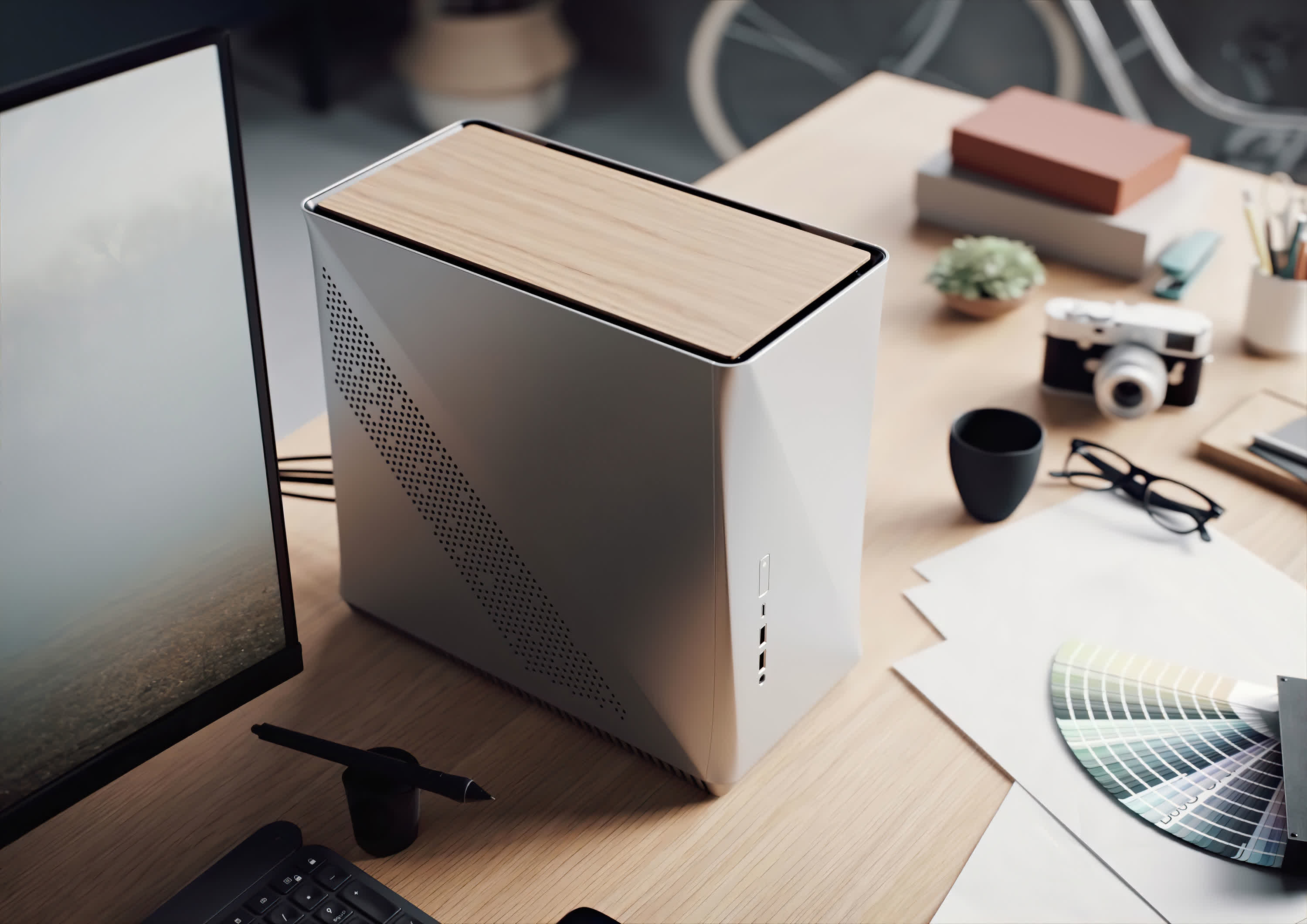
The ideal component to start shopping for when it comes to sorting out your SFF build is the case. Take a good read through the specifications of your ITX case. These clearly show how much space and clearance they have for components like the CPU cooler, GPU length, and the PSU compatibility. Those CPU Cooler and GPU measurements are crucial, as they may be the most limiting factors in your build. Some cases include GPU risers for less orthodox orientations of the GPU, while others may require an extra purchase of these accessories. On the other hand, those planning on using an integrated graphics solution can ignore some of these concerns.
There's so much variety and choice when it comes to an SFF computer. Some look like little shoeboxes, while others are more like cubes, like the Silverstone SG13B. Some can stand vertically like the NZXT H210, while others lay horizontally. Some are unique, desk-like trays like the Cryorig Taku and many can look like a video game console like the Sliger CL530.
This variety in case design means that many builds are unique, although that also leads to a limited amount of direct guidance and advice. Fortunately, there are plenty of forum communities that can point you in the right direction.
Low Profile CPU Cooler
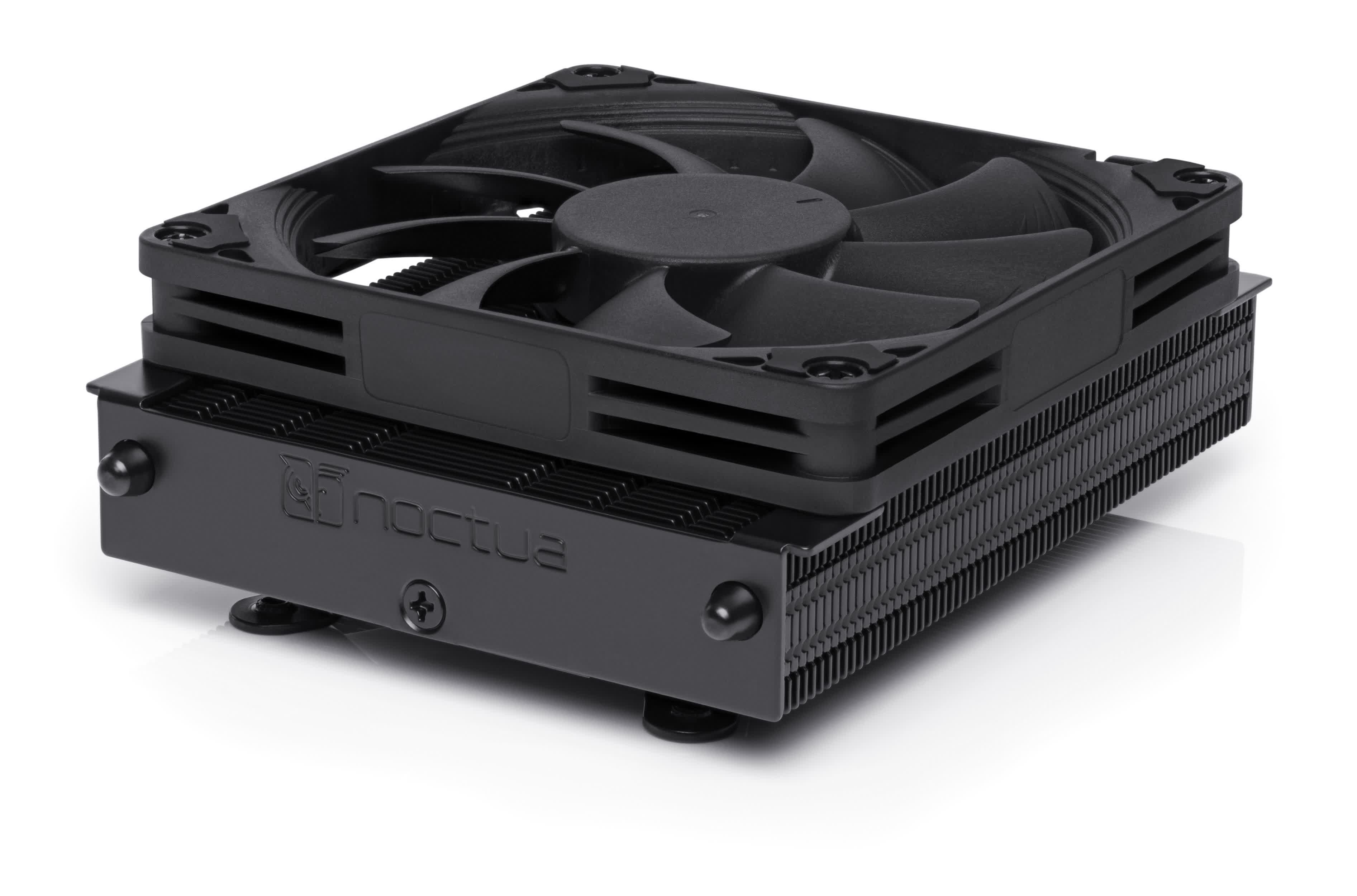
One of the most important things to consider in a small PC is the CPU cooler. Some just might not fit in a case or on a motherboard due to their size. They can be too tall for the case, or too wide for the board, impeding the installation of RAM. As a result, you'll want to look for a low-profile CPU cooler, which can be found from your favorite fan brands like be quiet!, Noctua, Scythe and Cooler Master.
Liquid cooling is also possible in an SFF case, but can get complicated. Save yourself any future headaches by cross-referencing your cooler's measurements and the clearance inside the case. Be sure to see if there are mounting spots for radiators within the case.
Graphics Card Length
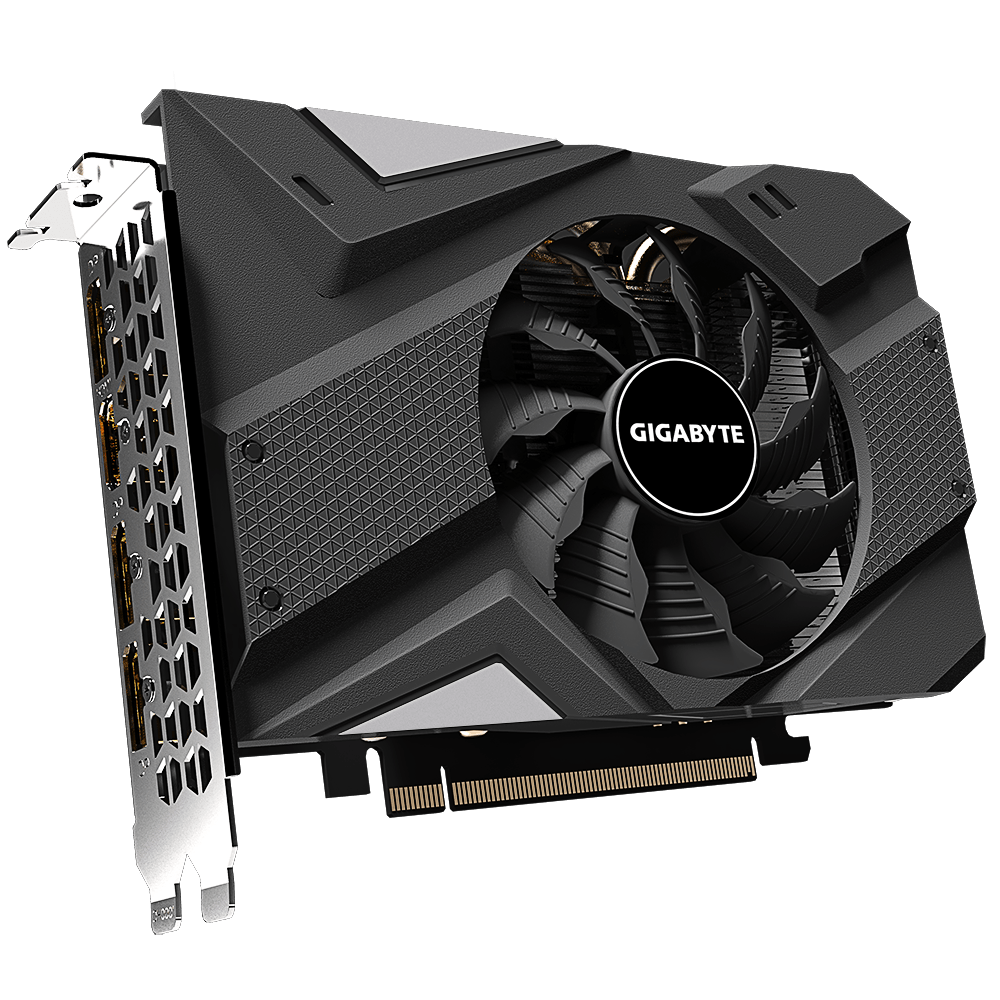
For those planning on using a dedicated graphics card, get the exact measurements of the GPU. Not all cases are compatible with large graphics cards, but fortunately, documentation on GPU sizes is easily accessible.
Single-slot, low-profile, or half-length cards may be the best bet, and are easily available from popular brands like Gigabyte and Zotac. Some newer cases can support full-length cards as well, so check your measurements and don't just assume that everything will fit.
Some cases require the use of a PCIe riser or a relocation cable. These allow you to place the card in a different location than directly into the motherboard, which helps the card fit into a smaller case. These accessories aren't always included with your case.
RAM
More often than not, RAM clearance won't be a significant concern. However, those big, over-the-top cooling shrouds may not be practical in small cases. The real concern is the limited availability of DIMM slots on ITX motherboards. Those that want to take advantage of dual-channel RAM, will have to use both slots. However, when it comes to upgrades, you'll have to toss both of those sticks for higher capacity units, which can feel like a waste. Just think ahead and consider when you'll be wanting to upgrade your RAM, and whether you should build your computer with more RAM now rather than later.
Storage
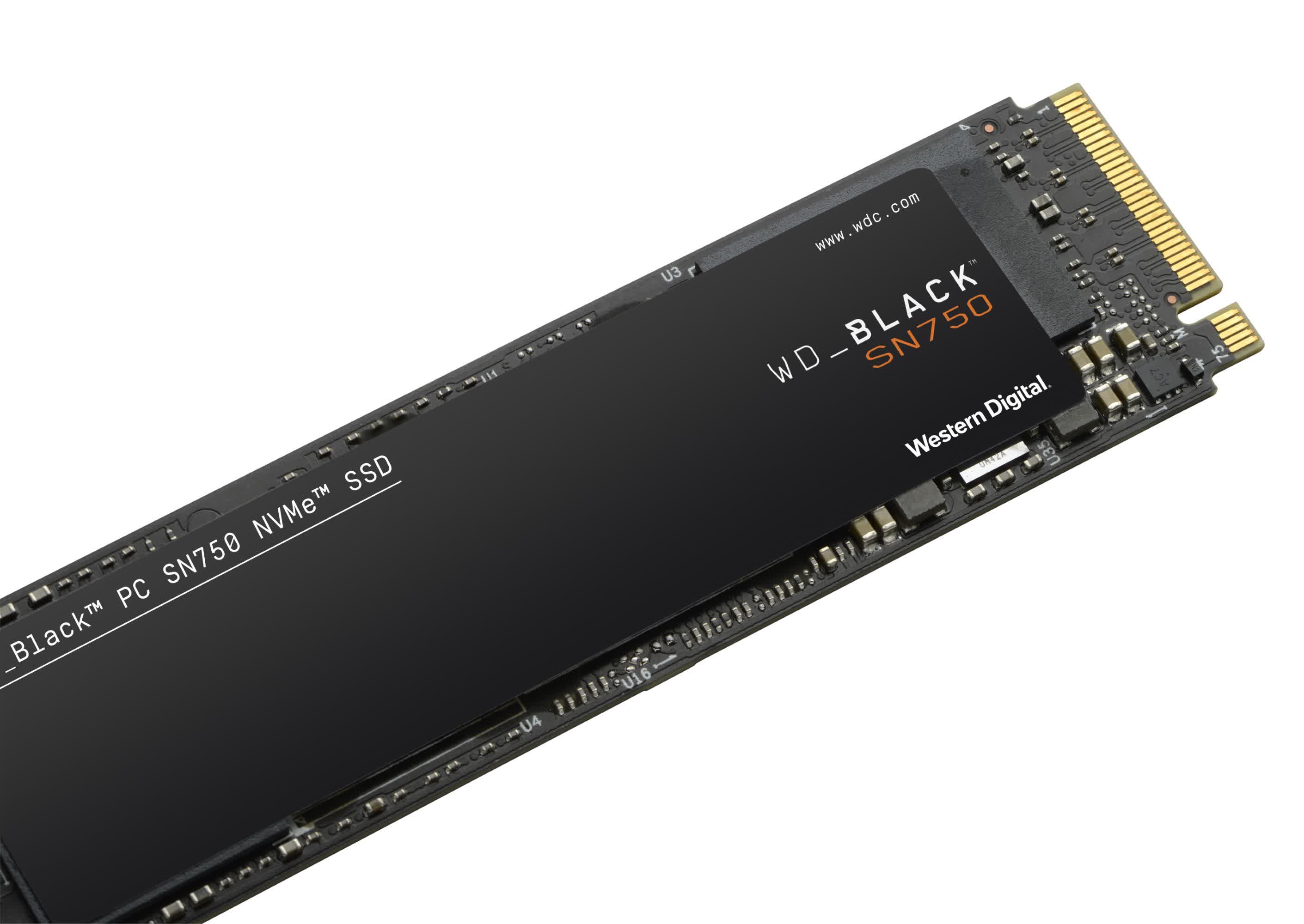
Most new motherboards feature an M.2 slot for fast SSD storage, which will benefit an SFF PC. These cut down on the need for SATA cables that can muddy up the airflow of your build. Those following our coverage of speedy SSDs might recognize the Sabrent Rocket or WD Black SN750 as solid choices that would also work well in a SFF PC.
While there are ITX cases with support for 3.5-inch or even 2.5-inch drives, the related cables can be an extra headache to deal with. However, if you are sticking to M.2 drives, be sure to consider the cooling requirements, as these can get quite hot in tight spots.
Power Supply Unit
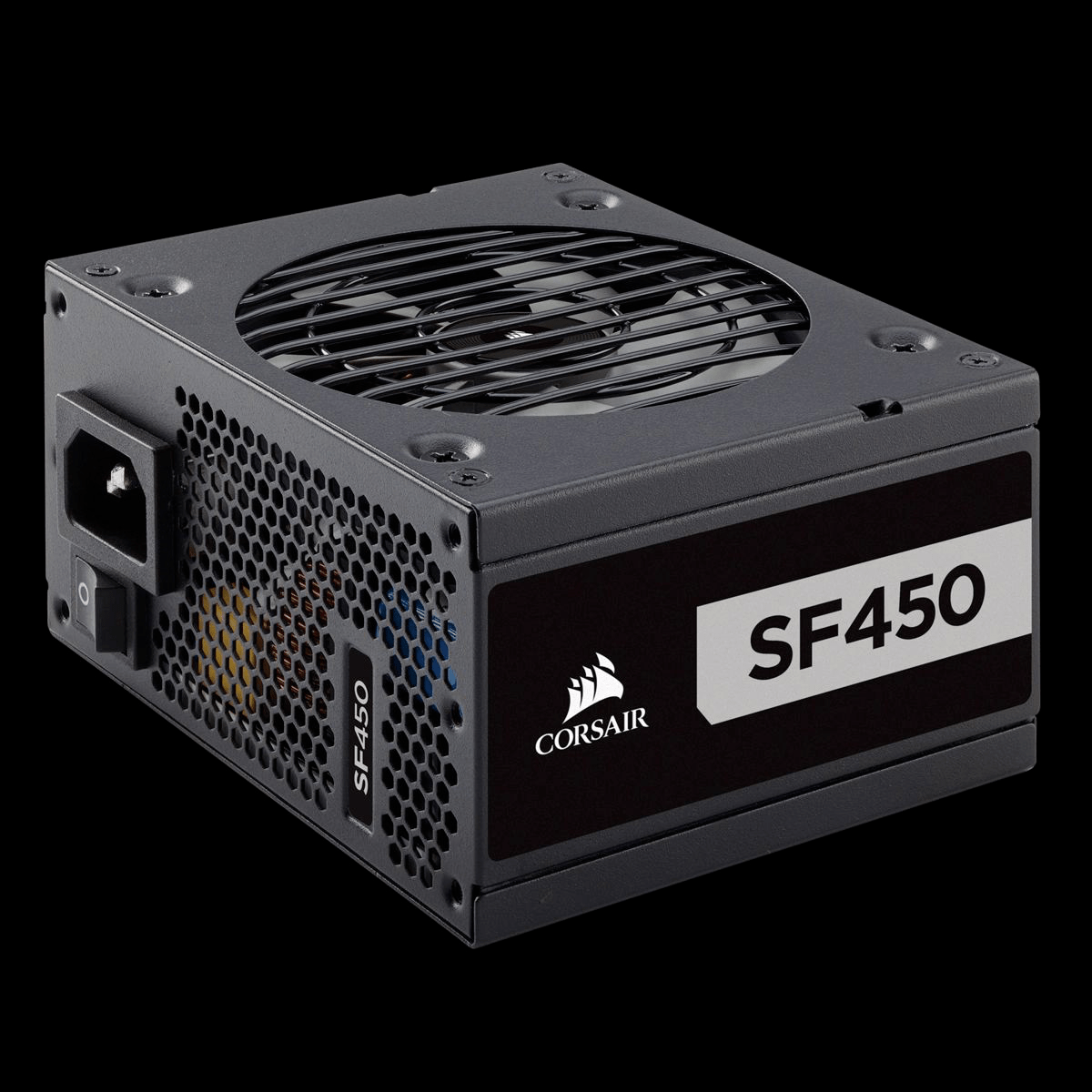
Some ITX cases support full-size ATX power supplies, while others may be limited to SFX units only. These are a bit smaller, which means they can have a smaller fan, which would work overtime to keep things cool. You can find SFX power supplies from brands like Corsair, Silverstone and EVGA.
When shopping for a PSU in a small form factor PC, it's advisable to get a modular unit, so you can only use the necessary cables. Also, builders who are dedicated to keeping things looking clean, and are obsessed with airflow can buy custom length cables, which allow for complete customization.
Tips for your SFF Build, End Results
Those tackling an SFF PC should know that this is a bit more challenging than your average PC build (and perhaps that's reason enough for you to go for it). While the overall process is more or less the same, the limited space is an obstacle to overcome.
One useful tip is to dismantle the case as much as possible, so you get access to everything you need. This provides more space to maneuver your hands, fingers, and tools. Consult the manual for the case for the best steps to put everything together, because sometimes an ITX build is put together in a different order than a full-sized machine.
A few SFF beauties from Reddit users...
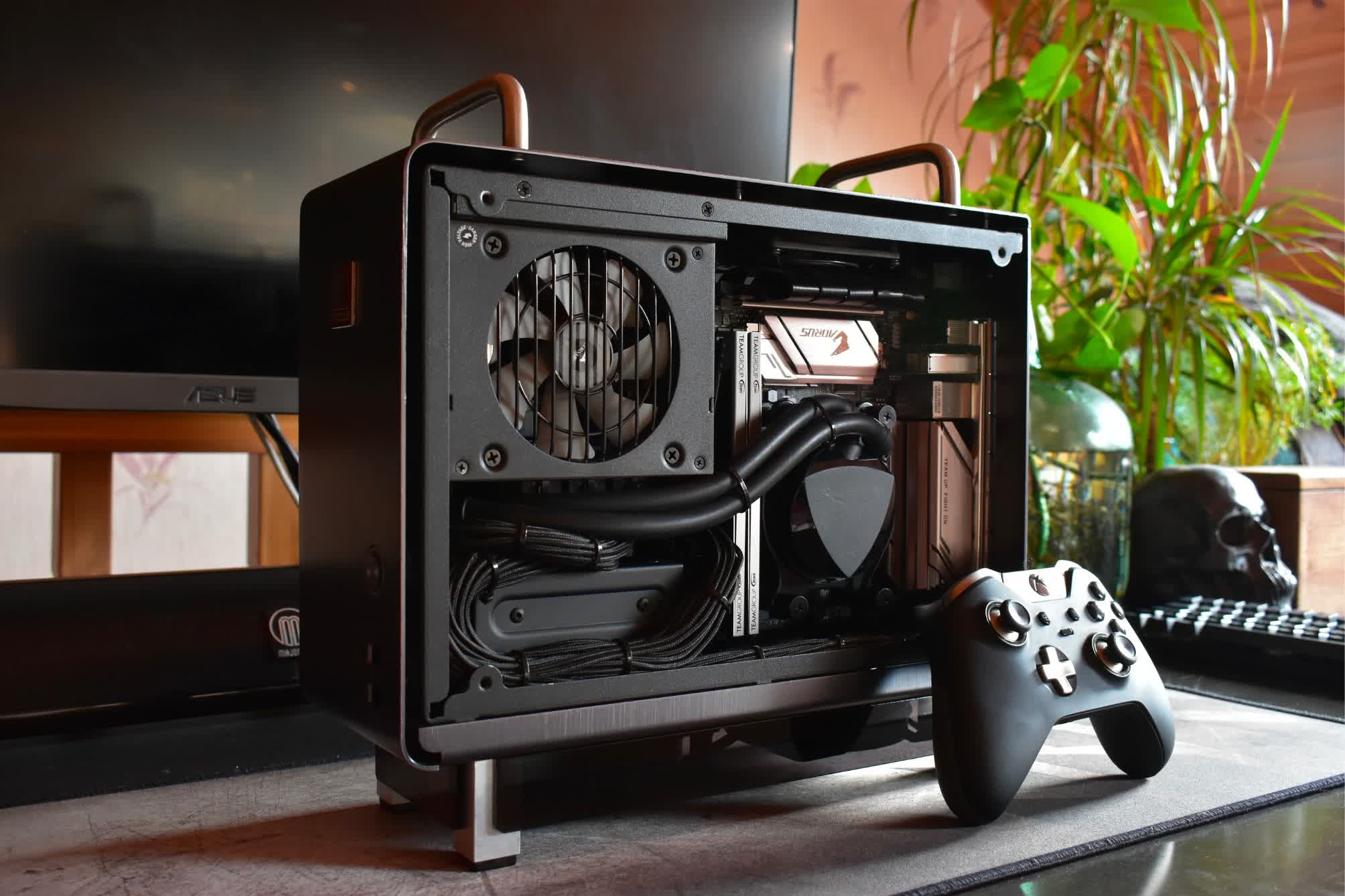
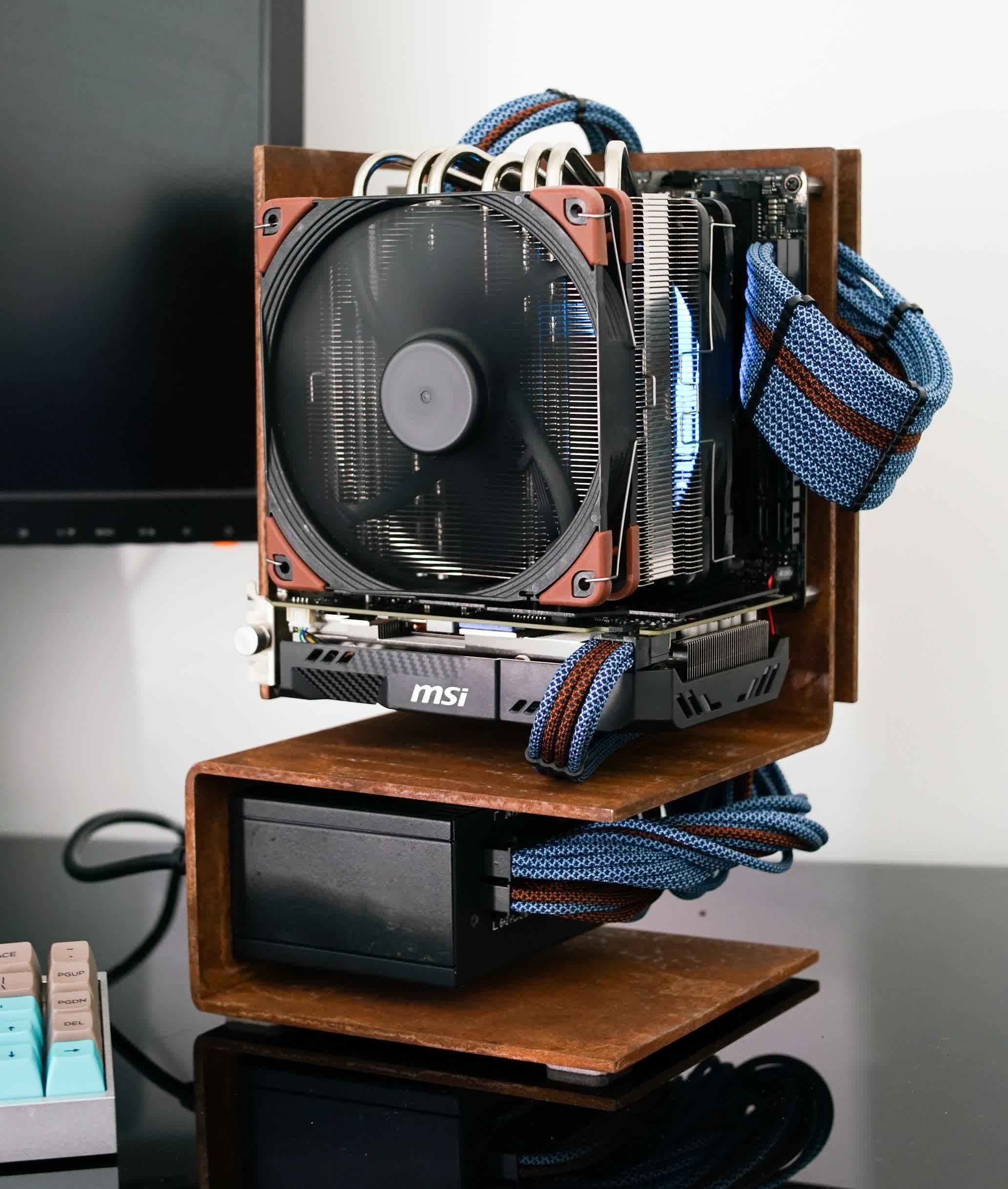
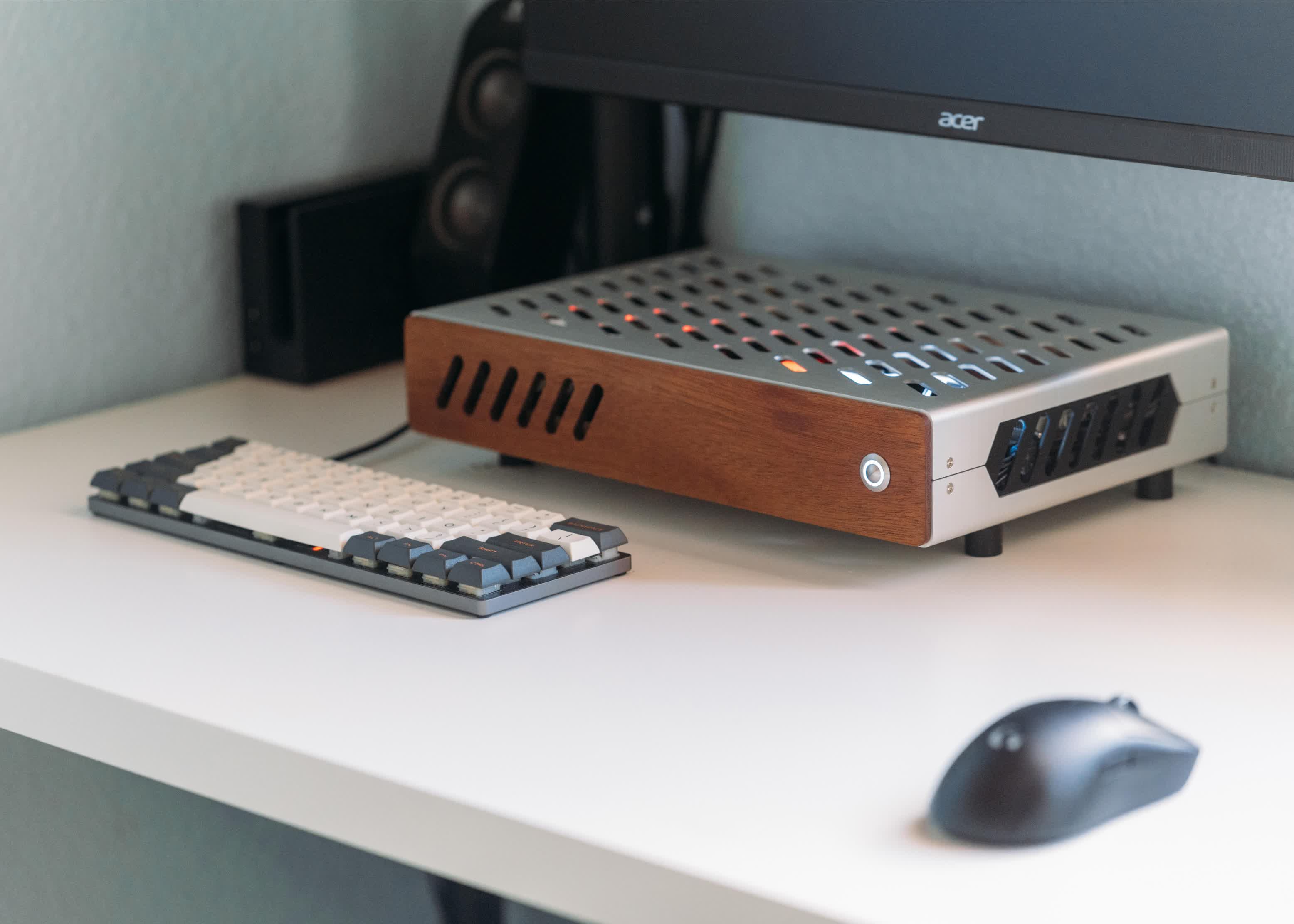
Image credit: jamesleomorris, 80ishplus, scootsaloo
Furthermore, there's a smaller margin of error when it comes to cooling. Airflow, cooling, and heat are extremely important to manage in compact cases, so make sure you use the right mix of intake and exhaust fans. Hurrying an SFF build is also not recommended. Be patient to get everything right, especially when it comes to routing cables out of the way. If you complete it and have to move or adjust some components, you may end up having to take everything out and restart completely.
If you've taken your time, picking your components and ensuring they all fit within the limitations of your small case, then you should end up with a slick and small PC that will reward you with more ample desk space and an easily transportable computer at the end of it all. Then again, if you want all the benefits of a small form factor PC but don't want the headaches that come from building one, you could always opt for a pre-built machine. But where's the fun in that?
Shopping Shortcuts:
- Silverstone SG13 on Amazon
- NZXT H210 on Amazon
- Fractal Design Era ITX on Amazon
- be quiet! Shadow Rock LP on Amazon
- Scythe Big Shuriken 3 on Amazon
- Sabrent Rocket PCIe 4.0 SSD on Amazon
- WD Black SN750 SSD on Amazon
- Silverstone SX700-PT on Amazon
- EVGA Supernova 650 GM on Amazon

